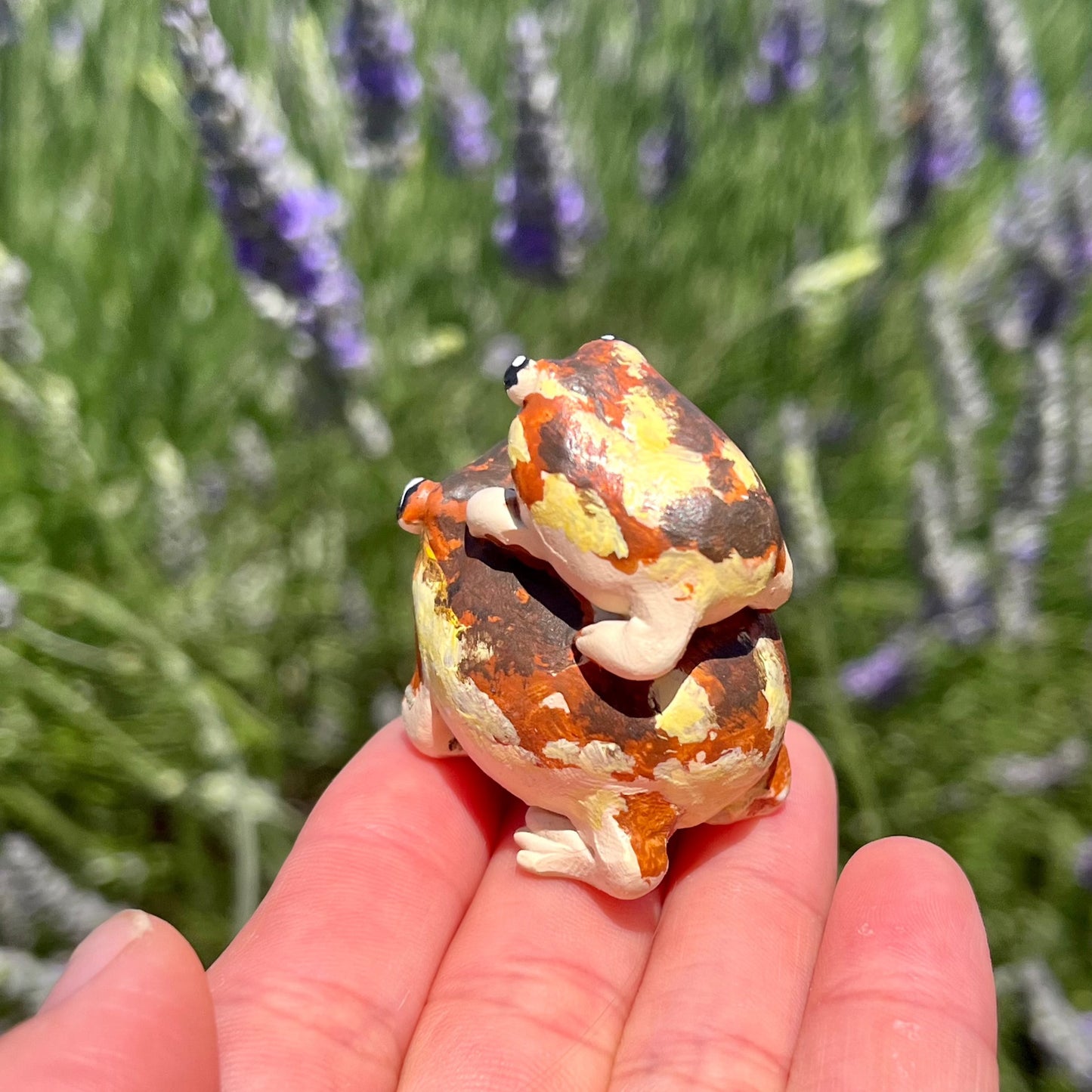Discover Exotic Rain Frog for Sale: Your Gateway to Unique Amphibian Family Pets!
Discover Exotic Rain Frog for Sale: Your Gateway to Unique Amphibian Family Pets!
Blog Article
The Best Reptile Enclosures: Exactly How to Produce the Perfect Environment
Creating the ideal habitat for reptiles is not nearly placing them in a storage tank or enclosure; it entails a thoughtful consideration of numerous aspects that contribute to their overall wellness. From the dimension of the enclosure to the kind of substrate used, every component plays a critical function in offering an environment where your reptile can prosper. By recognizing the particular needs of your reptile types and applying the appropriate environment arrangement, you can guarantee their health and happiness in captivity.
Selecting the Right Room Size
When selecting an unit dimension for reptiles, it is critical to consider their all-natural habits and area requirements to guarantee their wellness and health and wellness. When it comes to environment area, different reptile varieties have varying requirements. Arboreal species like chameleons or tree serpents need vertical area for climbing and setting down, while terrestrial varieties such as bearded dragons or leopard geckos need more flooring space for discovering and thermoregulation. Water turtles like red-eared sliders necessitate enclosures with both water and acreage for swimming and basking.
A basic guideline of thumb is to offer adequate room for the reptile to show all-natural actions, such as basking, concealing, climbing up, and foraging. By carefully thinking about the details demands of the reptile varieties in question, proprietors can develop a suitable and enriching habitat that promotes overall well-being and urges natural habits.
Setting Up Appropriate Burner
To make certain the health and wellness of reptiles in their enclosures, it is crucial to carefully set up proper home heating aspects. When setting up heating elements in a reptile unit, it is vital to think about the specific temperature level needs of the types you are caring for.
One efficient and usual home heating component for reptile rooms is a warmth lamp or ceramic warmth emitter. These warm resources can be made use of to create a temperature level gradient within the room, allowing reptiles to move in between warmer and cooler areas as required. Additionally, under-tank home heating pads or heat mats can be utilized to provide stomach heat, which is especially beneficial for reptiles that need extra heat to help in food digestion.
Checking the temperature within the unit using a thermometer is important to make certain that the burner are keeping the appropriate temperature range for your reptile. Frequently examine and readjust the burner as needed to create a comfortable and healthy atmosphere for your scaly good friend.
Choosing Appropriate Lighting Fixtures

Supplying the Perfect Substratum
Choosing the suitable substrate is essential for developing a suitable and comfortable environment for reptiles in their units. Some reptiles, such as desert-dwelling varieties like bearded dragons, prosper on substrates like calcium sand or reptile carpeting, while others, like round pythons, like coconut husk or aspen bed linen to maintain moisture levels.
Stay clear of substrates that can create impaction, such as loose substrates like sand or crushed rock, especially for reptiles understood to consume their bed linen. published here Regularly cleaning and replacing the substratum is important to make sure a clean and sanitary setting for your reptile.
Decorating for Enrichment and Comfort
Considering the substrate's duty in supplying a foundation for all-natural habits and preserving a suitable environment, boosting the reptile room with proper designs is vital for both enrichment and comfort. When decorating the unit, it is necessary to think about the reptile's species-specific needs and habits to create a room that promotes physical and mental wellness. By incorporating a variety of decorations that resemble the reptile's all-natural habitat, proprietors can ensure their family pet's comfort and boost their natural instincts, inevitably leading to a happier and much healthier reptile.
Conclusion

Developing the excellent habitat for reptiles is not just about positioning them in a storage tank or enclosure; it involves a thoughtful factor to consider of different elements that add to their total wellness.Choosing the ideal substrate is vital for producing a comfy and ideal setting for reptiles in their enclosures. Some reptiles, such as desert-dwelling species like bearded dragons, flourish on substrates like calcium sand or reptile carpet, while others, like ball pythons, choose coconut husk or aspen bed linen to maintain humidity levels.
By incorporating a variety of decorations that imitate the reptile's natural habitat, proprietors can guarantee their family you can look here pet's convenience and promote their natural instincts, ultimately leading to a happier and much healthier reptile.
In final thought, producing the optimal habitat for reptiles involves selecting the appropriate unit size, heating elements, lighting components, substratum, and designs.
Report this page